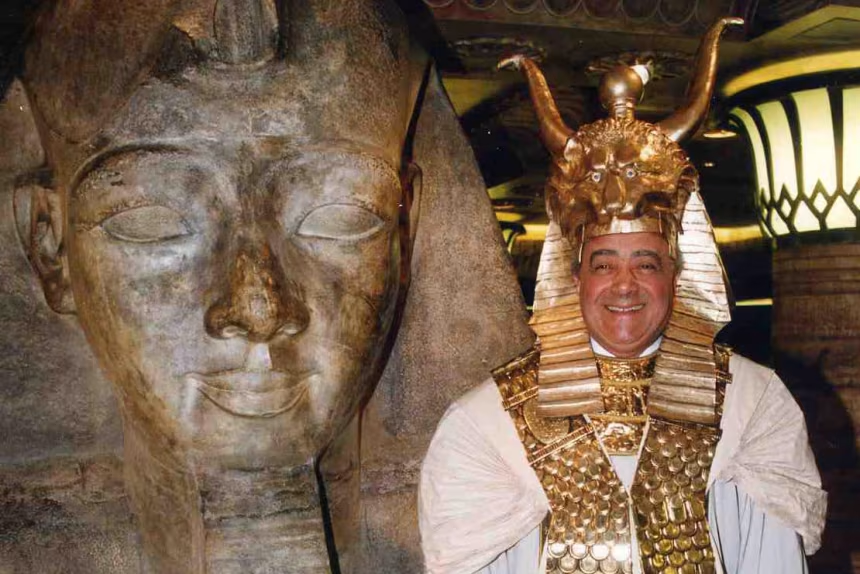London’s most famous luxury department store Harrods has taken a decisive step to distance itself from its controversial past. The management has applied for planning approval to remove Egyptian styled busts of former owner Mohamed Al Fayed that currently stand in the store’s Egyptian hall and on the five floor escalator. The move comes in the wake of mounting allegations of sexual misconduct against the late billionaire which have cast a long shadow over his legacy.
The statues were originally installed during Al Fayed’s ownership in the 1990s when he redesigned parts of the Knightsbridge store with elaborate pharaonic themes. For years the busts of Al Fayed depicted as a pharaoh were part of the spectacle for visitors. Today however they have become a reminder of accusations rather than celebration. More than 140 women have come forward alleging abuse at the hands of Al Fayed including claims of underage assault that have triggered a major investigation by the Metropolitan Police. A BBC documentary first exposed some of these testimonies in 2024 and since then public pressure has been building for Harrods to act.
Harrods which has been owned by the Qatar Investment Authority since 2010 made clear that it is an entirely different organization from the one Al Fayed once controlled. The store said it is utterly appalled by the allegations and is committed to creating a safe and inclusive environment for both staff and visitors. It has also introduced a redress scheme for survivors and taken legal steps related to the Al Fayed estate that may allow victims to seek compensation directly.
The removal of the statues is not immediate. Because Harrods is a listed building it must secure consent from the Royal Borough of Kensington and Chelsea. The application explains that the sculptures explicitly celebrate Al Fayed and that keeping them in place would serve as a painful visual reminder of his alleged misconduct. A council decision is expected by late October 2025.
For Harrods the issue is about more than design. It is about aligning its image with modern values and showing that the glamour of a world renowned department store cannot come at the cost of ignoring serious wrongdoing. The planned removal reflects how institutions are reassessing the symbols they display and how they connect to a legacy that may no longer be acceptable in the eyes of the public.


